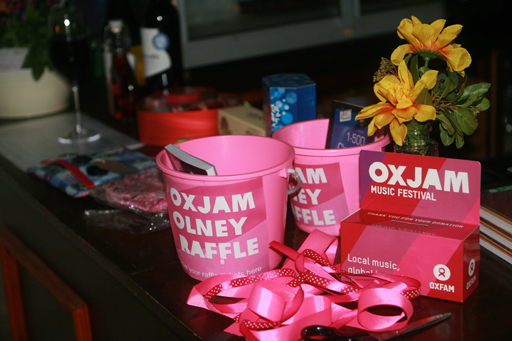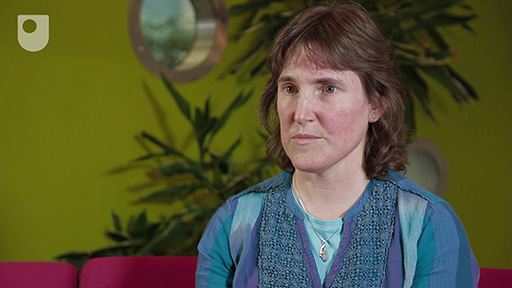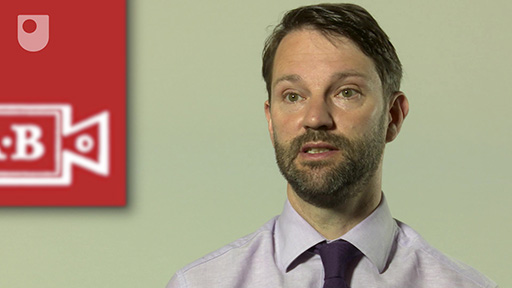1 What is fundraising?

Fundraising is the act of raising money by asking donors (individuals or other organisations) for it. The money raised pays for an organisation or a group’s work, services and the costs of delivering services (buildings, staff, and so on).
The following examples show the variety of methods used to raise money and how they can be small to large scale, and short to long term:
- selling tickets for an Easter egg trail in a museum
- writing an application to the Big Lottery Fund for £2 million to refurbish an old building and turn it into a community centre
- organising a craft fair with the proceeds going to a play group
- stopping people in the street and asking them to sign up to become regular donors to an animal charity
- asking people to leave money in their wills to a charity
- organising a social media campaign to raise money for a particular project.
Generally, organisations aim to use different methods and different sources of income in order to be sustainable and resilient, so that if one source of money dries up, they have other funds potentially available. Gaining long-term funding is obviously crucial, as it helps with planning as well as the stability of the organisation.
In larger organisations, fundraising is generally done by professional fundraising staff. However, other staff, trustees and volunteers may also be involved, through building relationships, gaining trust from supporters, the public and other stakeholders, and promoting the work that the organisation does.
Activity 1 Starting out in fundraising
Listen to Anna Page talk about the process of fundraising for an organ restoration project in her church. What did she learn from the process?

Transcript
Comment
Anna talks positively about the experience, even though she and her team of volunteers were all new to it. She explains how everyone contributed something, whether skills or ideas. She talks about a ‘snowball effect’ and how one idea or initiative led to another and how they kept going, even when some things didn’t work. She explains that the team, and nurturing it, was important to the process. You will learn more about teams in Week 7.
Income streams
The National Council for Voluntary Organisations (NCVO) (undated) classifies income into four main streams:
- Gifts from donors (donations of money; legacies in wills) involve asking.
- Grants from funders (money for a particular project) involve asking.
- Contracts with purchasers (to deliver a product or service for a fee) involve earning.
- Trading with customers (selling products on the open market, e.g. Fairtrade products in Oxfam) involves earning.
NCVO describes these sources as a ‘spectrum’ that moves from ‘asking’ for money to ‘earning’ money. Each type of funding relies on building a good relationship with an individual or organisation. You will apply this model in the next activity.
Activity 2 Thinking about fundraising
Listen to Matthew Slocombe, Director of the Society for the Protection of Ancient Buildings (SPAB), talking about fundraising in his organisation. Then answer the questions that follow.

Transcript
- Write down the sources of funding Matthew mentions and where they fit on the NCVO income spectrum.
- What challenges to fundraising does Matthew mention?
Comment
Matthew mentions membership as the main source of income for the SPAB. This is a relationship similar to a gift (as described on the NCVO income spectrum): members give money (subscription) and in return they receive some benefit, such as a magazine or a reduction in fees for attending an event. Members are more likely to give other donations and support fundraising events too. Matthew also mentions donations and legacies (gifts), which he highlights as useful for long-term activities.
In terms of grants, Matthew mentions Historic England, Historic Scotland, Cadw (the Welsh Government’s historic environment service working for an accessible and well-protected historic environment for Wales), and the Heritage Lottery Fund for specific and bigger projects. He also says they often need to find match-funding for bigger projects, which involves approaching trusts and other funding bodies. Matthew mentions the Maintenance Cooperatives (which involves volunteers caring for buildings of worship): this project involved substantial Heritage Lottery funding as well as donations and support from many other organisations. Thinking about the other elements of the NCVO income spectrum – contracts and trading – Matthew does not specifically mention these.
- In terms of challenges, Matthew says it is becoming increasingly competitive and difficult to find funding, as there is less money available in the public sector. His organisation (in common with many others) has to work harder and look for other sources.
You will now move on to look at methods of fundraising based on asking individuals for gifts (money).
